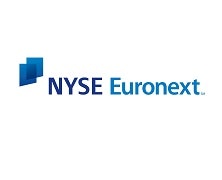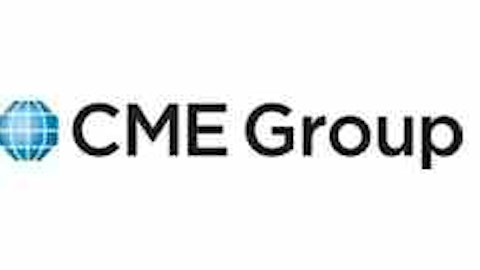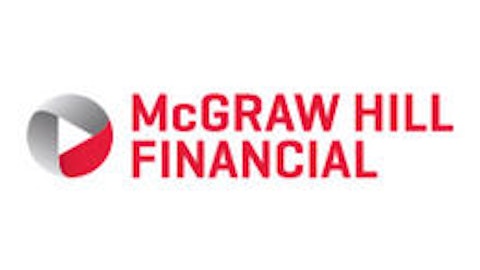On this day in economic and business history…
History has many examples of ruinous hyperinflation. The most infamous might be that of Weimar Germany, whose hyperinflationary episode is often blamed for the rise of the National Socialists. The most common modern analogue is Zimbabwe’s sextillion-percent hyperinflation. However, the worst hyperinflation the world has ever seen peaked on July 31, 1946 in Hungary. At this point, a monthly inflation rate of 42 quintillion percent meant that prices were doubling every 15 hours.
Hungary had the particularly bad fortune to be devastated by two successive world wars, perhaps to a greater degree than its German ally had been. The collapse of the Austro-Hungarian monarchy following a loss in World War I, combined with Allied demands for ethnic autonomy for the Austro-Hungarian Empire’s peoples, led to a fracture of territory that eventually restored Hungary as a constitutional monarchy in 1920, in a state greatly smaller than the prewar Kingdom of Hungary. This upheaval wracked the Hungarian economy, and four years after its creation the new Hungary introduced the pengo as part of a monetary-stabilization policy. This currency eventually became the least stable currency in history following the Second World War.

By the time hyperinflation peaked in the middle of 1946, the pengo had endured nearly a year in which every single day brought a 19% rise in prices. Prices increased so quickly that printing presses could not keep pace, even though Hungary would eventually issue the largest-denomination banknote ever seen near the end of this year of hyperinflation: the 100 quintillion-pengo bill.
The pengo was worthless by this point. The government, backed into a corner, introduced a currency called the forint, which was to be exchanged at a rate of one forint for every 400 octillion pengo — a number so large it must be represented with 29 zeroes after the four. After the forint’s introduction, Hungarians were seen shoveling pengo notes into the sewers like so much horse plop, as all the pengo notes in circulation in the entire country had been deemed worth only a fraction of a single redenominated Hungarian cent.

Source: Mizerak Istvan via Wikimedia Commons.
The stock market shutdown
On July 31, 1914, with a war in Europe inevitable and panicked investors stampeding for a liquid exit, the governors of the NYSE Euronext (NYSE:NYX) took the unprecedented step of shutting down all trading for an indefinite length of time. This action had never before taken in the history of American exchanges, but it was considered necessary to counteract the widespread shutdown of European exchanges, which had funneled a tremendous amount of European panic sales into the NYSE and other American markets. Other exchanges around the country soon joined the shutdown, and before the opening bell was rung the nation’s stock tickers had gone silent on what would have otherwise been a very eventful Friday morning.
The prior day’s trading had resulted in a deep 6.9% decline in the Dow Jones Industrial Average (Dow Jones Indices:.DJI) on massive (by 1914 standards) volume of 1.3 million shares. Despite the drop, the bankers that guided the NYSE were largely united in their opposition to a closure — until the morning of July 31, when the governors learned that London’s exchange was shuttered and that the Germans had mobilized on their borders with France and Belgium. The primary reason given was a defense of American gold stores. As The New York Times put it, “So long as Europe continued to sell here heavily, finding no other market in which to sell, it would be in a position to draw gold from us on a larger scale than could comfortably be provided.” In a gold-standard world, the depletion of national gold reserves can have catastrophic consequences. The Times went on to recount the scene following the closure announcement:
On the floor of the NYSE Euronext (NYSE:NYX), where hundreds of brokers were excitedly trying to shape their affairs for the expected crash at the opening, the announcement that the Governors had voted to close provoked a wild outburst of cheering. Men who had feared that the next hour would bring disaster to their firms ran about embracing one another, and the general feeling was one of great relief.
The only comparable closure in American market history was that which took place during the worst days of the Panic of 1873. The NYSE closed on Sept. 20 of that year following the failure of a major brokerage firm, and it did not open again for 10 days. The closure of 1914 proved to be much longer, however. It was not until Nov. 28 of that year that the NYSE reopened, and even then it would only allow limited trading in bonds. The market finally allowed trading in stocks on Dec. 12, with full and unrestricted trading allowed again on Dec. 14. The market shutdown was so prolonged that the Dow uses this period as a break between calculation methodologies. All values reported following the market’s reopening begin with 20 stocks, but all values before the shutdown use the 12 stocks that comprised the index in 1914.
The article This Is What Hyperinflation Really Looks Like originally appeared on Fool.com and is written by Alex Planes.
Fool contributor Alex Planes holds no financial position in any company mentioned here. Add him on Google+ or follow him on Twitter @TMFBiggles for more insight into markets, history, and technology.The Motley Fool recommends NYSE Euronext (NYSE:NYX).
Copyright © 1995 – 2013 The Motley Fool, LLC. All rights reserved. The Motley Fool has a disclosure policy.





